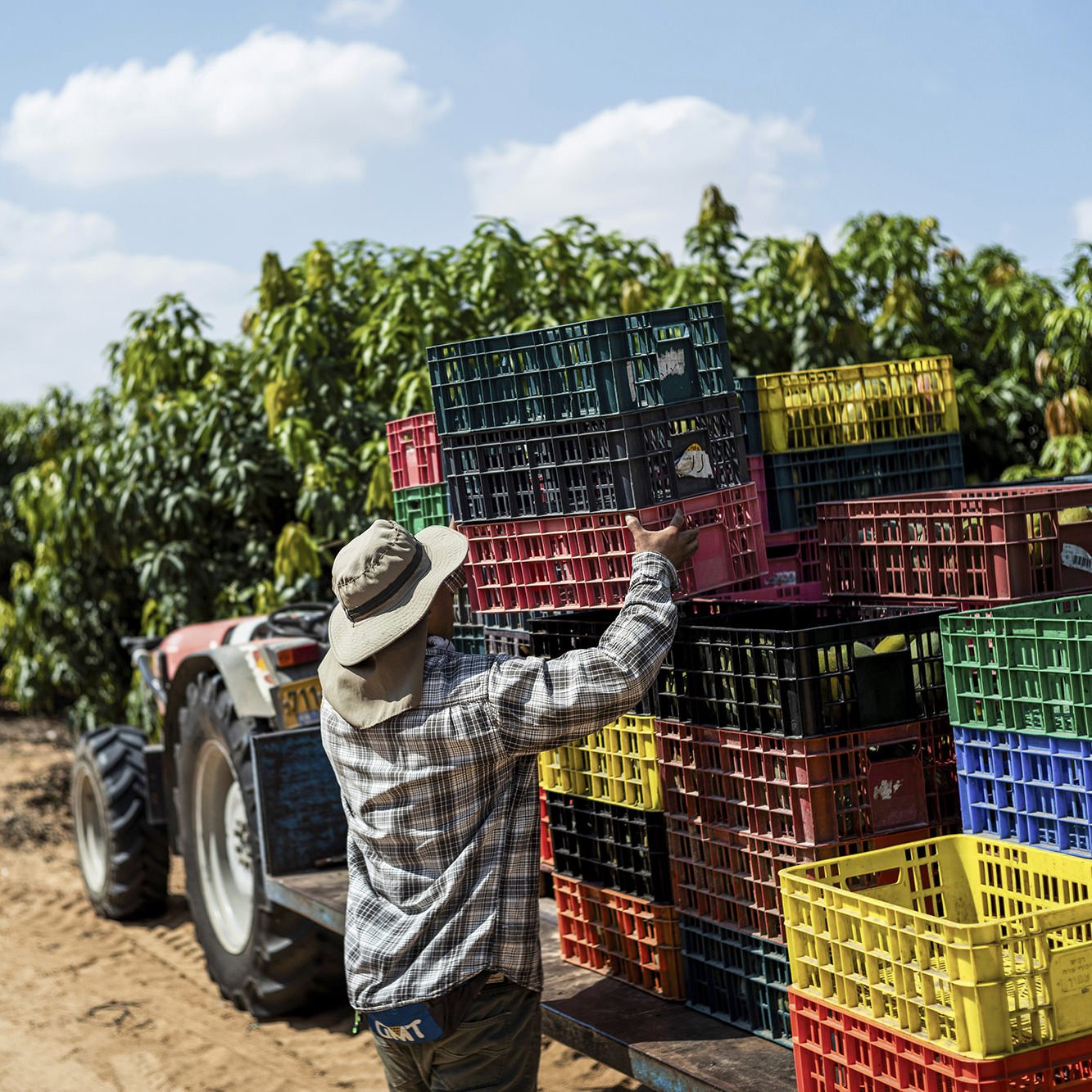Scrolling to Revolution
The youth joining Myanmar’s anti-junta uprising.
APRIL 17, 2025
Rupa, a young woman serving as a medic in Myanmar's armed uprising against the military, says she is proud of her Nepali heritage but is fighting for the rights of all people in Myanmar. (Illustration: JC)
On February 1, 2021, the Myanmar military arrested de facto head of state Aung San Suu Kyi and other elected politicians and declared a national emergency, giving absolute power to commander-in-chief Min Aung Hlaing.
The coup marked a dramatic political backslide in a country that had been moving toward democracy for the past decade, and triggered widespread unrest. Peaceful protests erupted nationally, government workers launched a civil disobedience movement, and millions of students boycotted school.
Over the following months, soldiers and police fatally shot hundreds of protesters and jailed thousands of dissidents. In response, young people began heading to the forests and mountains by the thousands, seeking training in combat warfare.
One of them was Rupa, a recent high school graduate. She had been living with her parents in the central city of Pyin Oo Lwin at the time of the coup, waiting for schools to reopen after a year of COVID-19-related closures so she could start university. But after witnessing the mobilization of the Myanmar public via social media, she decided to put her education on hold and join the anti-junta uprising.
Known as the Spring Revolution, the uprising seeks to remove the military from power and establish a federal democracy; many but not all of its supporters advocate for an armed as well as a nonviolent response. The movement advocates not only for an end to military rule but also for a more inclusive and just society, and a decentralized political system that addresses the long-standing grievances of ethnic minorities across the country.
When we spoke with Rupa in October 2024, she said that she was initially inspired to action by the diversity and energy of the movement, even though her political awareness at the time was limited. “I didn’t fully understand politics, revolution, or armed resistance,” she said. Still, she felt it was the “right time for me to participate and take responsibility for my country.” (To reduce the risk of retaliation against her or her family, she has been given a pseudonym.)
Armed resistance to the junta is broadly defined by two types of group: Those that emerged in response to the coup, and ethnic armed organizations that were already fighting for autonomy in Myanmar’s borderlands. Some of these ethnic armed organizations are now fighting alongside the newer groups, and also helping to train and arm them.
When the military coup happened in 2021, Rupa had been living with her parents and planning to join university. Instead, inspired by what she saw on social media, she joined the armed uprising against the military; she also connected with her unit, known as the Gorkha Force, using social media. (Illustration: JC)
Rupa joined the Kachin Independence Army (KIA), which was established in 1961 and seeks autonomy for an area of northern Myanmar that ethnic Kachin people consider their homeland. Most of its forces are Kachin — a predominantly Christian minority that also resides in China and northeast India — but the KIA also contains a unit known as the Gorkha Force, made up of people of Nepali descent like Rupa.
Many Nepalis in Myanmar have ancestors who migrated east from Nepal when Myanmar, then known as Burma, was administered as a part of British India. Some came as agricultural, mining or railway laborers; others served in the British administration or in the Brigade of Gorkhas, an organization in the British Army made up of people from Nepal. Today, the terms “Nepali” and “Gorkha” are used interchangeably in Myanmar.
Rupa enlisted in the KIA’s Gorkha Force after connecting with the group over Facebook, even though she had never been to Kachin State at the time. Despite choosing a group affiliated with her ethnic identity, she emphasized a commitment to “fulfilling my responsibility to the nation as a citizen, rather than as a member of a particular tribe.”
In May of 2021, she began the 480-mile journey north — first by car and then on foot and by motorbike through early monsoon rains — to the KIA’s headquarters in Laiza. It was her first time traveling by herself this far from home, and she had to pass through several military checkpoints.
After completing combat training, she began a course to become a medic. When she graduated in December 2023 as the only student of Nepali ancestry in her class, her comrades gave her the nickname Sayama Gorkha, using a female honorific denoting respect.
After completing combat training with the Kachin Independence Army, Rupa went through more than two years of training to become a medic. She was the only person of Nepali heritage to complete the course, and is one of two females in her unit. (Illustration: JC)
In March 2024, Rupa was deployed to the front line in a remote area near the China border, where the KIA was fighting against Myanmar military junta forces for control over a major highway. The clashes — part of a KIA offensive that began that month — displaced thousands of civilians. As in other parts of the country, the military retaliated with airstrikes, shelling and arson attacks. In total, some 3.5 million people have been displaced across the country and more than 6,400 have been killed since the coup.
Rupa’s deployment to the front line brought her into close contact with armed violence for the first time. “I struggled to distinguish between different gunfire sounds, and the noise was overwhelming,” she said. “The ground above my trench frequently collapsed due to the shelling, and at times, I had to run.”
She treated the wounded from inside a trench alongside another medic, setting up a bamboo bed for soldiers awaiting evacuation. One night, when the military conducted airstrikes, she treated the injured while holding a flashlight in her mouth. “I saw many people with severe injuries and some who died instantly,” she said. Once, while she attempted to bring medicine to a patient, military bombs forced her to turn back.
As one of only two women in her deployment unit, there were sometimes few places to turn for privacy. “When bullets fell in front of my trench and unexploded shells landed nearby, I was so apprehensive that I could barely leave the trench, and it was hard to find the courage to use the toilet,” said Rupa, who once had to ask her comrades to turn away so she could relieve herself in the trench.
One night, she set up camp on a hill the KIA had recently captured from the military. Typically, she would clear the brush before setting down her mat, but on that night, the ground seemed to be clear. Something also felt off, she recalled: “It is usually very cold, and I never take off my shoes, but that night, I felt unusually warm.” Still, she fell asleep.
When the sun rose the next morning, she realized she had been sleeping on the body of a military soldier. That evening, she felt unwell and went to an abandoned house to rest, but the fighting resumed around midnight and the house became unsafe. A KIA soldier helped her run for cover in a trench, where she hid for hours as artillery and drone strikes fell around her. To get through the night, she relied on Hindu prayer and Kachin traditional medicine.
Just before dawn, military soldiers appeared, and she had to flee again. “Our [KIA] soldiers quickly told us to hide and took up defensive positions,” she said. “In the chaos, I lost my glasses, but I ran as fast as I could.” When the clashes finally ended, Rupa emerged from hiding and found her glasses in the bushes. The experience still haunts her.
Rupa began her first frontline deployment in March 2024, shortly after the Kachin Independence Army began a new deployment against the military. In a remote area near the China border, she treated wounded KIA soldiers from inside a trench. (Illustration: JC)
Her first deployment finished at the end of May 2024. After a few months’ rest at a KIA camp, she returned to the front line — this time, to an urban area where she continues to serve.
Despite setbacks, the KIA and other groups continue to go on the offensive, in some cases through coordinated operations. They now control major swathes of the country, including strategic border gates and infrastructure. Away from the front line, communities are rebuilding and establishing public services outside of the junta system.
The military continues to commit daily acts of violence against civilians, and since April 2024 has enforced mandatory conscription, driving a mass exodus from the country. The collapse of rule of law has also led to a proliferation of organized crime and resource grabbing. Cuts to American aid under President Donald Trump have exacerbated an already dire humanitarian situation — one which has reached catastrophic levels following a magnitude 7.7 earthquake on March 28.
Since the coup, longstanding territorial disputes have also flared between ethnic armed organizations, and new fault lines have emerged as resistance groups expand their areas of influence and establish their own administrations. It is also unclear how a new political system that decentralizes power to ethnic states will protect the rights of minorities who straddle state borders or lack political representation.
Among these minorities are Nepalis, who like other groups of South Asian or Chinese descent in Myanmar, including the Rohingya, are not formally recognized as a “national race” and are excluded from citizenship by birth. The Spring Revolution has brought a new awareness to the challenges faced by these communities, but activists say more work needs to be done to ensure the full rights and inclusion of marginalized groups.
When we spoke with Rupa, she said she hoped a federal democracy would bring about a more peaceful and equitable society. “Since the Spring Revolution is for all the people of Myanmar, I see its victory as a triumph not only for our Gorkha people, but for all minorities across the country,” she said.
When looking toward Myanmar's political future, Rupa hopes that the Spring Revolution with which she is serving will succeed in replacing a "broken mirror" with a new one, reflecting a "clear and positive image" of her country. (Illustration: JC)








